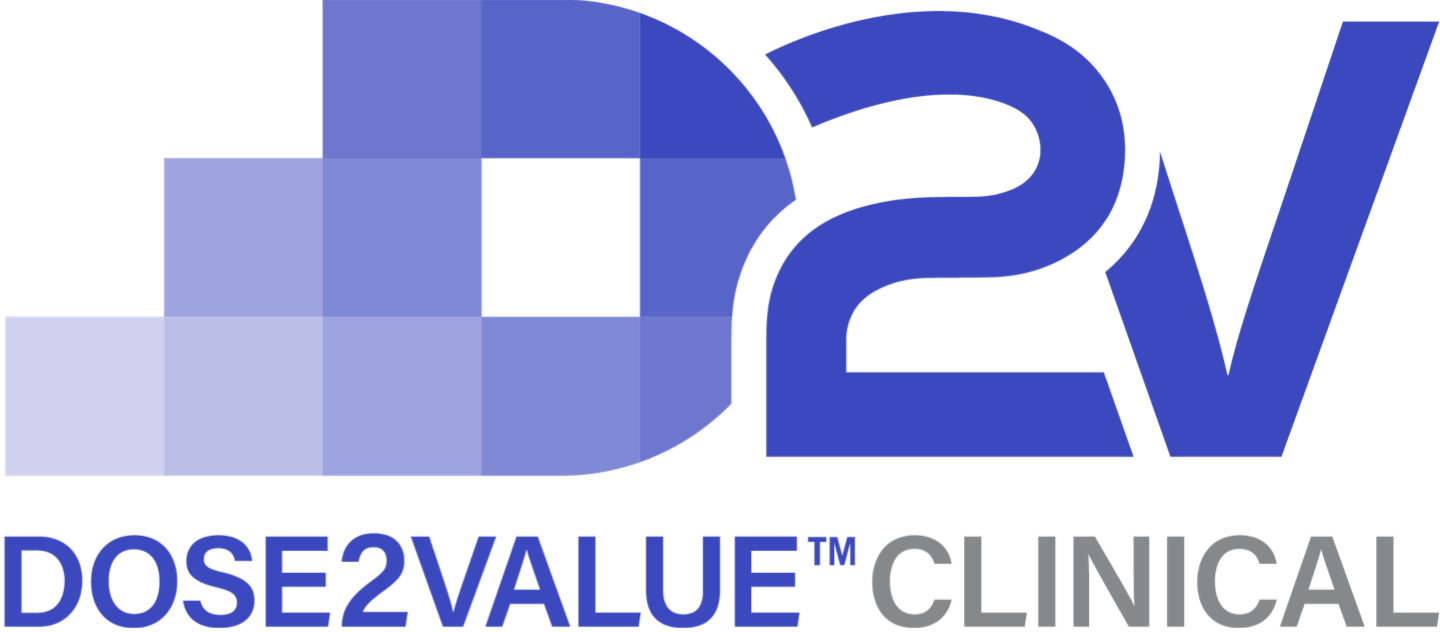Project Optimus: Challenge vs. Opportunity
Join our Chief Medical Officer, Vijay Reddy, M.D., Ph.D., as he shares a perspective on Project Optimus, an FDA initiative revolutionizing oncology treatment development. Explore the shift from “more is better” dosing to optimized doses, maximizing efficacy, safety, and tolerability through pharmacokinetic and pharmacodynamic data. Learn more below on how prioritizing dose optimization in early phases can accelerate your drug development program and help you reach regulatory approval.
Hi, I’m Dr. Vijay Reddy, the Chief Medical Officer of D2V Clinical.
Today, let’s explore Project Optimus, initiated by the FDA (Food and Drug Administration), which is a transformative effort to expedite the development and approval of innovative oncology treatments.
As cited by the Oncology Center of Excellence (OCE) at the FDA, scientific progress has led to the development of entirely new classes of targeted drugs with different properties than traditional cytotoxic chemotherapies. Due to these advanced therapies, many patients, including those with advanced cancer, are living longer. Patients also want to live well, and their expectations are to receive more tolerable and efficacious drugs.
However, not every targeted drug that enters a phase I clinical trial receives marketing approval, and poor dose optimization may be one reason for this. Historically, dose selection for oncology drugs was often based on a “more is better” paradigm. This is because, traditionally, drugs have been tested on an MTD (maximum tolerated dose) approach.
The mission of Project Optimus is to ensure that doses of oncology drugs are optimized to maximize efficacy as well as safety and tolerability. One could say this is a “less is more” approach, emphasizing the need for better dose selection for oncology drugs. Therefore, a focus on dose optimization is an essential component of oncology drug development and is necessary to realize the promise of targeted therapies.
The key principles to identify an optimized dose now include a paradigm shift from an MTD approach to the selection of several doses based on pharmacokinetic (PK) and pharmacodynamic (PD) data, as well as preliminary information regarding activity, safety, and tolerability.
The doses can be evaluated more thoroughly, preferably early in development with randomized evaluations of multiple doses, to obtain a more comprehensive assessment of dose-response and exposure-response relationships for efficacy, safety, and tolerability. These evaluations will, in turn, inform the dose or doses for a registration trial and eventual drug approval. As mentioned by the FDA, focusing on dose optimization starting early in clinical development rather than in the post-marketing setting will allow more efficient identification of an optimal dose.
In conclusion, the success of Project Optimus hinges on fostering collaboration and knowledge sharing among researchers, sponsors, and regulatory bodies. As clinical research professionals, embracing Project Optimus offers immense potential for accelerated drug development, patient-centered trials, and transformative breakthroughs in cancer therapies.
If you would like to learn more about Project Optimus and how it may impact your drug development program, contact us at d2vclinical.com to connect with our experts.

Vijay has more than 25 years of clinical practice and biotechnology pharmaceutical industry experience in hematology, oncology and immuno-oncology. His background includes medical affairs leadership, clinical leadership of Phase I first-in-human trials for solid tumors, and the publication of more than 50 original research publications in high-impact peer reviewed journals.
REFERENCE
Friends of Cancer Research: The ASCO Post – How to Get the Dose Right. Available at https://friendsofcancerresearch.org/news/the-asco-post-how-to-get-the-dose-right/
